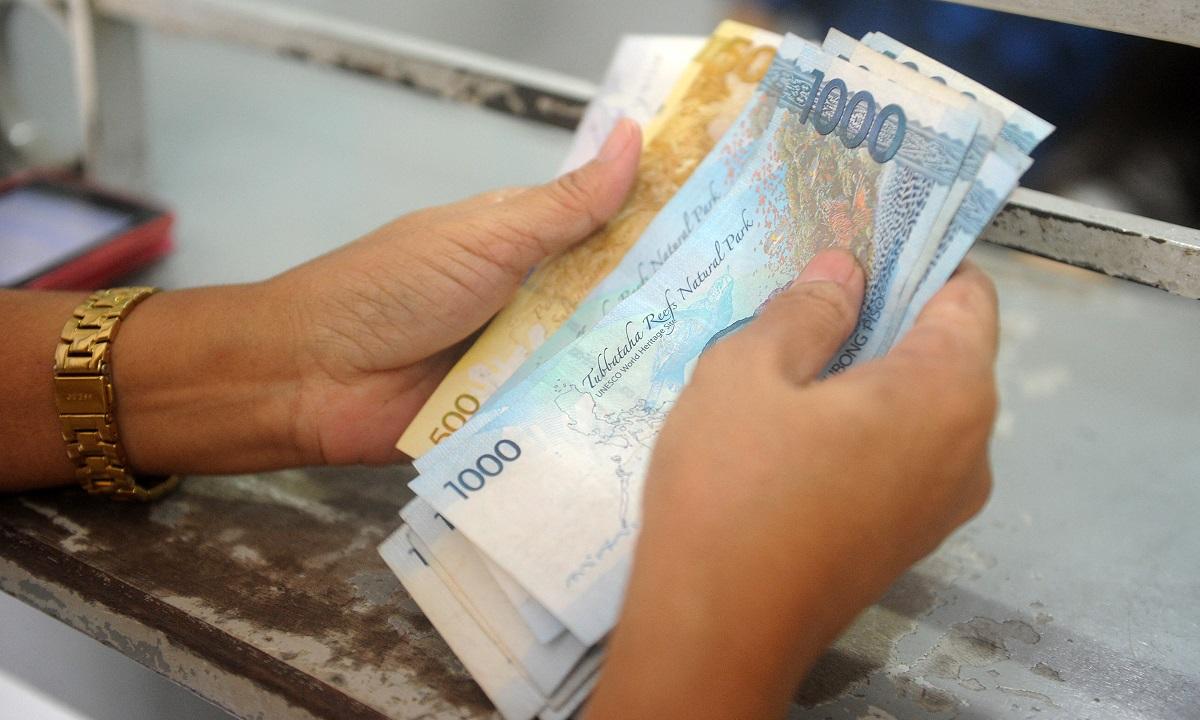Peso drops to P58.49:$1, hits all-time low for third straight day

The Philippine peso continued to depreciate against the US dollar on Thursday to hit another record low for the third straight trading day, dragged by the policy tightening in the United States.
The local currency lost 49 centavos to close at P58.49:$1 from Wednesday’s finish of P58:$1, which was the eighth all-time low recorded so far this year.
This follows previous records on September 2 (P56.77:$1), September 5 (P56.999:$1), September 6 (P57.00:$1), September 8 (P57.18:$1), September 16 (P57.43:$1), and September 20 (P57.48:$1).
The peso has now depreciated by P7.491 or 14.7% from the P50.999:$1 finish at the last trading day of 2021.
“The US dollar/peso exchange rate again posted a new record for the third straight after the widely expected large/jumbo Fed rate hike,” Rizal Commercial Banking Corporation (RCBC) chief economist Michael Ricafort said in a mobile message.
The Federal Reserve hiked its benchmark rate by 75 basis points for the third time in a row, with the Federal Open Market Committee (FOMC) projecting unemployment to jump to 4.4% from 3.7%.
“That increases the attractiveness/allure of the US currency with higher interest rate income on US dollar deposits/fixed income investments/securities,” Ricafort added.
Ricafort also attributed Thursday’s depreciation to the 10-year US Treasury yields hitting 11-year highs of 3.62%, which could lead to higher borrowing costs to some listed companies.
For its part, the Bangko Sentral ng Pilipinas (BSP) said the recent weakness of the peso is in line with the performance of other regional peers, in line with the stronger greenback.
“The current movement of the peso is expected as it largely reflects the strengthening of the USD given the monetary policy tightening cycle of the US Fed,” Deputy Governor Francisco Dakila Jr. said in a virtual briefing.
Dakila said there is also demand for the dollar as a safe-haven asset given the concerns regarding the impact of the ongoing conflict between Russia and Ukraine on global supply chains.
“Our view is that the recent foreign exchange pressures are not unique to the peso reflecting the increase in the country’s imports,” he said. — BM, GMA News



